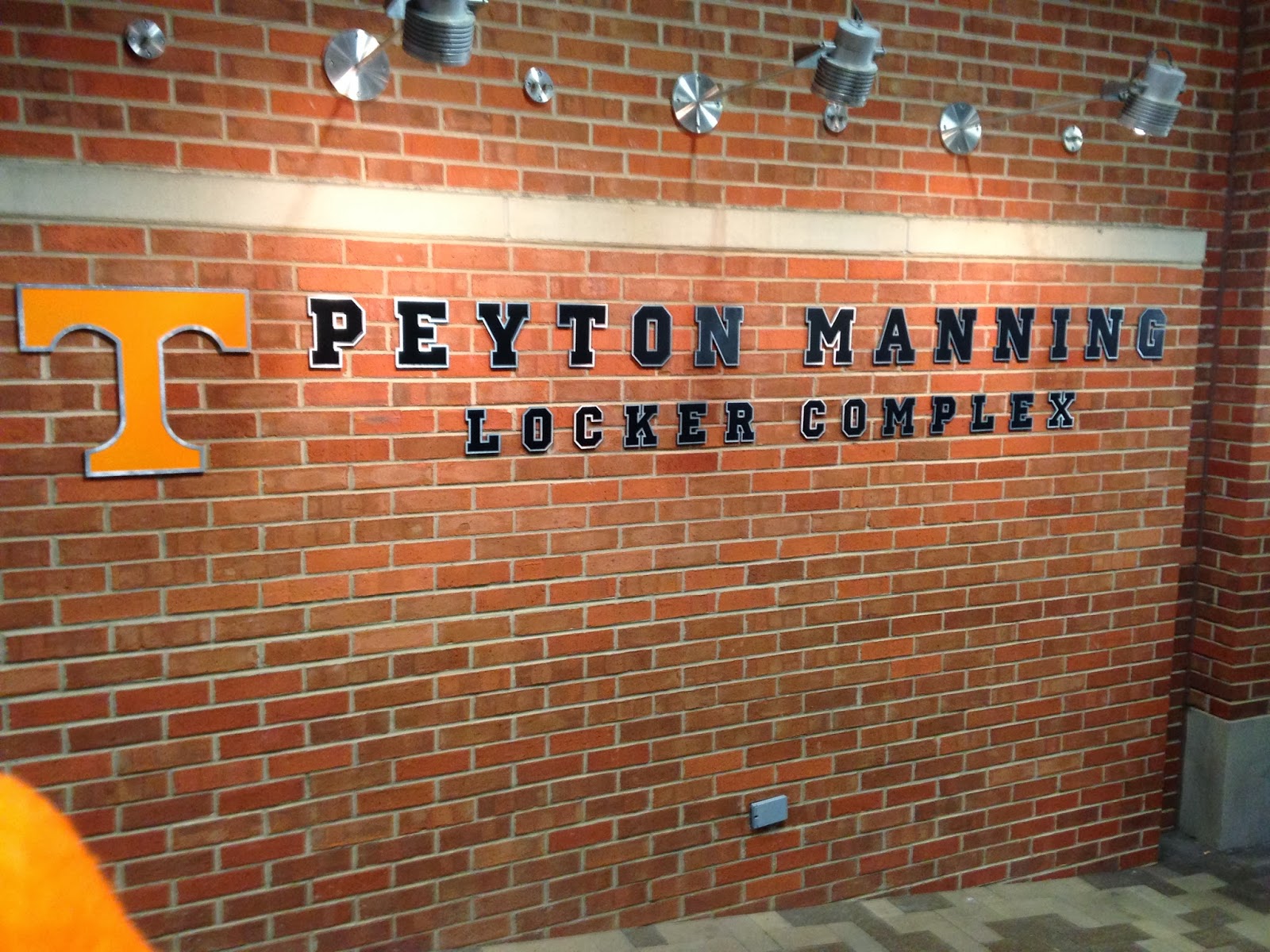It’s just a heart cath. I can’t tell you how many times I’ve
heard that phrase come from the mouth of a heart parent. I can’t tell you how
many times my wife and I said it in the months and weeks leading up to my son,
Tucker’s (Hypoplastic left heart syndrome, HLHS), heart cath on May 22nd.
A heart cath, or cardiac catheterization, is a procedure in
which doctors insert a catheter and guide wire into a major blood vessel and
move them until they reach the heart. Most heart caths originate in the groin
and enter the heart through the femoral artery. Once the catheter is in place,
the doctor uses a dye and fluoroscopy (real time x-ray showing movement) to get
a very accurate picture of the heart and surrounding blood vessels. In kids
with congenital heart defects (CHDs), heart caths are typically used as a
diagnostic tool prior to surgery or to make smaller repairs. In Tucker’s case,
the heart cath was used to make sure everything looked good in his heart prior
to having open-heart surgery on June 18th.
A few days before Tucker’s procedure, I found myself
thinking about the phrase, “It’s just a heart cath.” To most parents, it
wouldn’t be “just” a heart cath, it would be something big! To most parents of
kids with CHDs, it is a fairly minor part of their treatment.
When you compare a heart cath, which usually is a one day
affair, with an open-heart surgery, it’s not that big of a deal. But it really
all comes down to a matter of perspective. Many CHD parents experience numerous
surgical procedures during the course of their child’s treatment. Heart caths
usually occur before these surgeries. Most don’t require an overnight stay in
the hospital. There are, relatively, few risks involved. Heart caths are just
part of the process, like echocardiograms and cardiologist visits.
To a parent of a child with a more “minor” CHD, a heart cath
may be the only procedure that they ever have. Some heart holes can be repaired
during a cardiac catheterization. To a parent of a heart healthy child, a heart
cath would probably be a very big deal. Prior to having Tucker, if you had told
me that my child would be put to sleep, taken to a surgical room, have a wire
fed through the largest artery in his leg into his heart, and then have to
remain completely still for several hours after waking up, I would have freaked
out. Now it’s “just a heart cath!”
Perspective is an important thing. Things that are a big
deal to one parent might be minor to another. We don’t always know another
person’s story or experiences. Tucker’s HLHS is a more severe form of CHD than
a simple hole in the heart, but that doesn’t mean that a child with that defect
is any less important or significant than Tucker. His or her parents aren’t any
less of a CHD parent than Dena and I. Many CHD parents get wrapped up in our
world and we sometimes try to compare our lives to the lives of parents dealing
with other childhood disorders. We get frustrated because childhood cancer gets
more attention and funding than CHD research and prevention. But it’s not a
competition. They are both tragic. The kids and the parents from both sides go
to hell and back. Lives are lost to both. It’s all about perspective.
Tucker’s heart cath went very well. The doctor said that his
heart looked as good as possible for a child with HLHS. The pressures in his
heart and blood vessels were in the correct range and he was cleared for surgery.
He was a little feisty when waking up from the anesthesia, but he recovered
quickly. It wasn’t too hard to keep him still for a couple of hours, all we had
to do was put on his favorite movie and give him snacks and drinks.
As we gear up for Tucker’s big surgery, it’s hard not to
wish it was just a heart cath! He has survived and thrived after his first two
surgeries and there is no reason to think differently about this next one, but
it is still tough to prepare ourselves for it. When I start to feel a little
overwhelmed about everything, I think about the families wishing for a surgery
to fix their child’s problem or the families who are making funeral
arrangements. I wonder if they would think, “It’s just a heart surgery!”?
Perspective…
~Trent






















.JPG)

